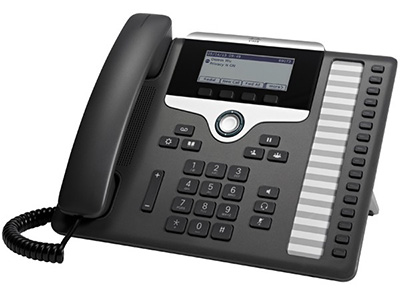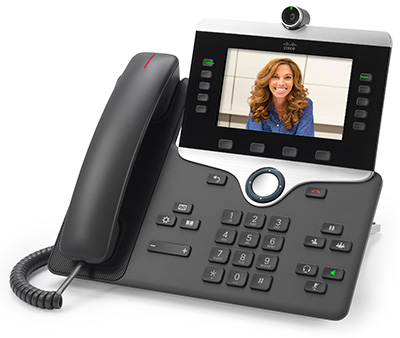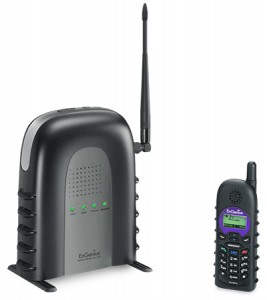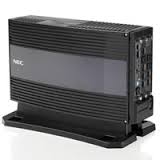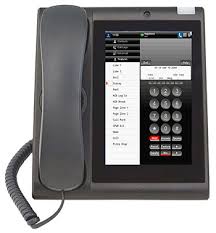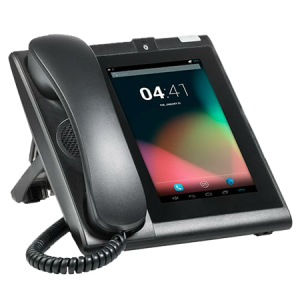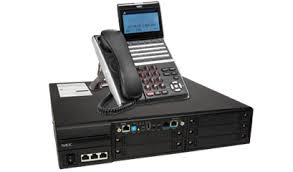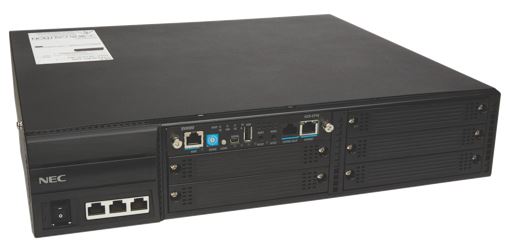They’re here! NEC has announced the release of their new line of PBX systems, including the SV9100, which was designed as an upgrade path for the current SV8100 phone platform. The SV9100 supports up to 1,360 ports but a scaled down version supprts up to 48 ports for small businesses.
The SV9000 phone systems also have two new phone series. The new IP telephones are the DT800 series, replacing the DT700 sets, while the look-alike digital models are now called DT400 sets, replacing the DT300 phone series. The IP models now boast Gigabit models that sell for little more than 10/100 models, a big change from the Gigabit adapters NEC formerly required. Also, the digital models will sell at the same price points as the 10/100 IP models, and both product lines include 12, 24, and 32-button models with a choice of black and white or color displays.

The new NEC DT400 digital phones and DT800 IP telephone sets make the SV9100 even more powerful!
Also announced was the touch-screen Android-based UT880. This is a video-capable desk set (the tablet component is not removable) whose screen presents a typical DT-Series interface. One interesting feature, addressing the concern that hackers could potentially take control of the camera, is a manual switch that buries the camera’s lens behind a physical shroud when not in use.

The new NEC UT880 is an awesome communication tool for the busy executive!
NEC plans to open its own app store for the UT880, which will offer enterprise-oriented vetted apps to protect against malware, which seem like a prudent idea. Partnering with a mainline Android supplier like Samsung may have been a wise choice, as Samsung is years ahead of all of the UC suppliers when it comes to delivering what enterprises need in mobile devices.
Clearly malware is an issue with Android devices. In a 2014 report, Cisco Systems indicates that, “Ninety-nine percent of all mobile malware in 2013 targeted Android devices. Android users also have the highest encounter rate (71%) with all forms of web-delivered malware.”
Unfortunately, Apple’s tightly controlled developer environment leaves Android as the only available platform for mobile O/S-based desk sets. To address the malware threat, Samsung has come up with its own enhanced security mechanisms with its KNOX offering. Samsung will also be offering its own enterprise app store. I’d prefer to be tied into that Samsung ecosystem, rather than trying to crack the Android nut on my own.
NEC has also developed the DT770G iPad cradle with talk of potentially significant enhancements. The DT770G includes an app that emulates a PBX station, and the cradle connects the iPad via Bluetooth and provides a handset and speakerphone.
The DT770G operates over the customer’s in-house Wi-Fi network. That means that the Wi-Fi infrastructure will need to be voice-capable, but as the device is stationary, at least it will not face the problems we have seen with access point-to-access point handoffs. As the docks use the iPad’s Wi-Fi interface, they operate on 2×2 802.11n radio interface. NEC was talking about an enhancement that would allow the iPad to operate over an Ethernet connection when docked, and over Wi-Fi when mobile, but no date for this feature has been announced.
NEC also has a range of DECT-based wireless devices, including a communication badge, that would be capable of dialing a single pre-programmed number with the push of a button. They have also created a prototype of an Android-based smartphone-like device that would support voice over DECT and data over Wi-Fi.
NEC has demonstrated its’ WFAZ wireless adapter. The WFAZ can attach to any of NEC’s IP desk sets and allows it to operate over a Wi-Fi network. This could be a handy way to install stations in areas where it is difficult or expensive to install cable drops, assuming there is adequate Wi-Fi coverage. A PC can be connected to the data port on the IP desk set, allowing for voice and data support over the Wi-Fi connection.
NEC’s dealers like Telephone Magic Inc. love all the new developments from our primary phone system supplier. Business has been strong and we are very enthusiastic about all of the new developements in the product pipeline. However, mobility continues to confound the UC market, so it may be some time before we see tangible benefits and significant revenues coming out of the mobile side of UC.
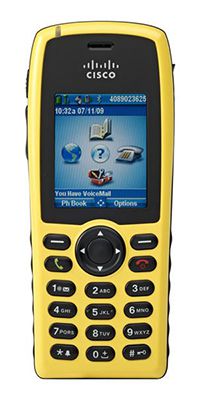 All three phones connect to the Cisco phone system over the WiFi network, so your range is only limited by the range of your company WiFi network. This is a great feature and will come in handy for those working in facilities where WiFi coverage is ubiquitous. It’s also good for those who are teleworkers at home offices.
All three phones connect to the Cisco phone system over the WiFi network, so your range is only limited by the range of your company WiFi network. This is a great feature and will come in handy for those working in facilities where WiFi coverage is ubiquitous. It’s also good for those who are teleworkers at home offices.